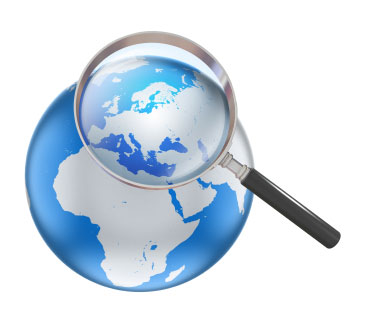US seems to understand the fact that military balance of power in Asia is vital against China. However, what is more important that deterrence measures are solely required beyond the guns and bombs. US is aware that it needs to expand its physical footprint in the region with its friends and allies although some might be reluctant to put themselves in the crossfire.
Let’s start with physical footprint. US military force structure in Asia is not designed to deter any adversary with China firepower or technological advantage. In order to do that US has to make allies which would cooperate with US. More importantly, those states should be creating advantageous role for US to contain Chinese aggression, if any.
With the technology and logistic capabilities, US does not need to have base or at least permanent base in Asia. Once required, US has the ability to deploy the resource in limited time to any part of the world (i.e. US deployment in Saudi Arabia before Dessert Storm). Also, US is ware that any country around China’ periphery would not be interested to align with US. And those that would align with US will be under local political pressure as well as pressure from China (can expose as economic and militarily). Moreover, it is more or less clear that the containment will take years.
Therefore, the US actions will mount in long term but steadily. US would mount the pressure economically and by developing advanced military technology. Japan has clear position against China. And therefore, it is vital to have one or two more strategical allies with contain the Chinese military from its south and its west including Malacca Strait. These would be Singapore and Philippines due to the geopolitics status. Although both countries are not taking any position at this moment, it would not be surprising to see US building strategic relations between those countries in mid-term. Naturally, these relations would be based on economic and technology transfer.
However at it cannot be achieved in short time period. It requires cautious approach to build trust between parties. China will use its economic advantageous against US in the region as well as technological advancement. And that is where it will get interesting.
Countries might work closely with each other but technology can be obtained individually and is not open for sharing. Critical technology like military technology usually won’t be shared (Turkey insists on F35 technology and US dismissed it although both are partners in the project as well as NATO members). Therefore, US will spare more resources to increase military technology in coming decade in order to create an advantageous position for itself and to attract more allies. Like B-52 have created an enormous tactical leverage for US during SSCB, US needs to invent new technologies to create such leverage in military. Those can be named as unmanned surface vehicles or unmanned advanced air fighters and supersonic air missile system and even military deployment in space. Those are the remaining areas where US can create advantageous leverage against China. It will not be surprising to see such investment in US in coming decade.
To contain China in Asia needs a sophisticated strategy including creating new allies and reaching new technology. Creating new allies seemingly is easier to do once new military technologies create leverage on adversaries. Therefore, it will not be surprising to see US working on this goal.









